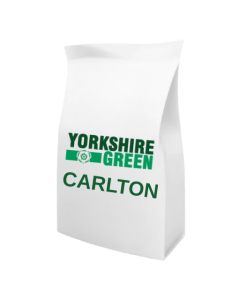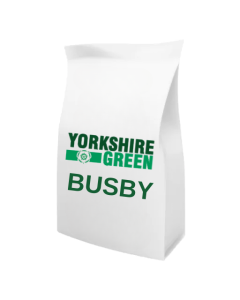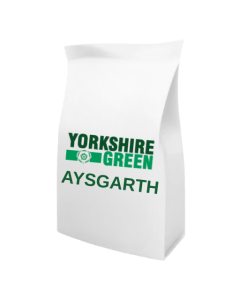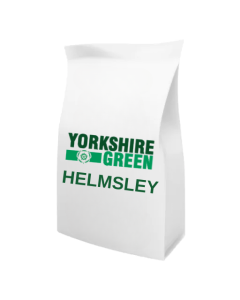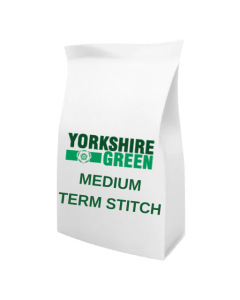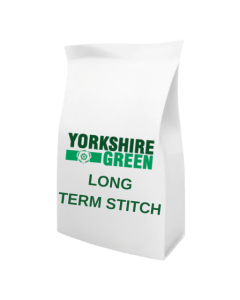Wynngold Lamlac Free Flow Lamb Milk Powder 20kg
SKU
2346
- Complete milk replacer for lambs
- A high specification lamb milk based on the best quality milk proteins
- Promotes vitality and growth
- Full mixing and feeding recommendations are on each bag
Using British Milk in a process which gives excellent growth and health benefits. Wynngold Lamlac contains a high level of natural immunoglobulins and supports farmers requirements for healthy stock production.
| Weight | 20.000000 |
|---|---|
| Selling Unit of Measure | 20kg |
| Decimal Places Qtys | 4 |
| Lambing Stage | Post-Lambing |
Write Your Own Review


